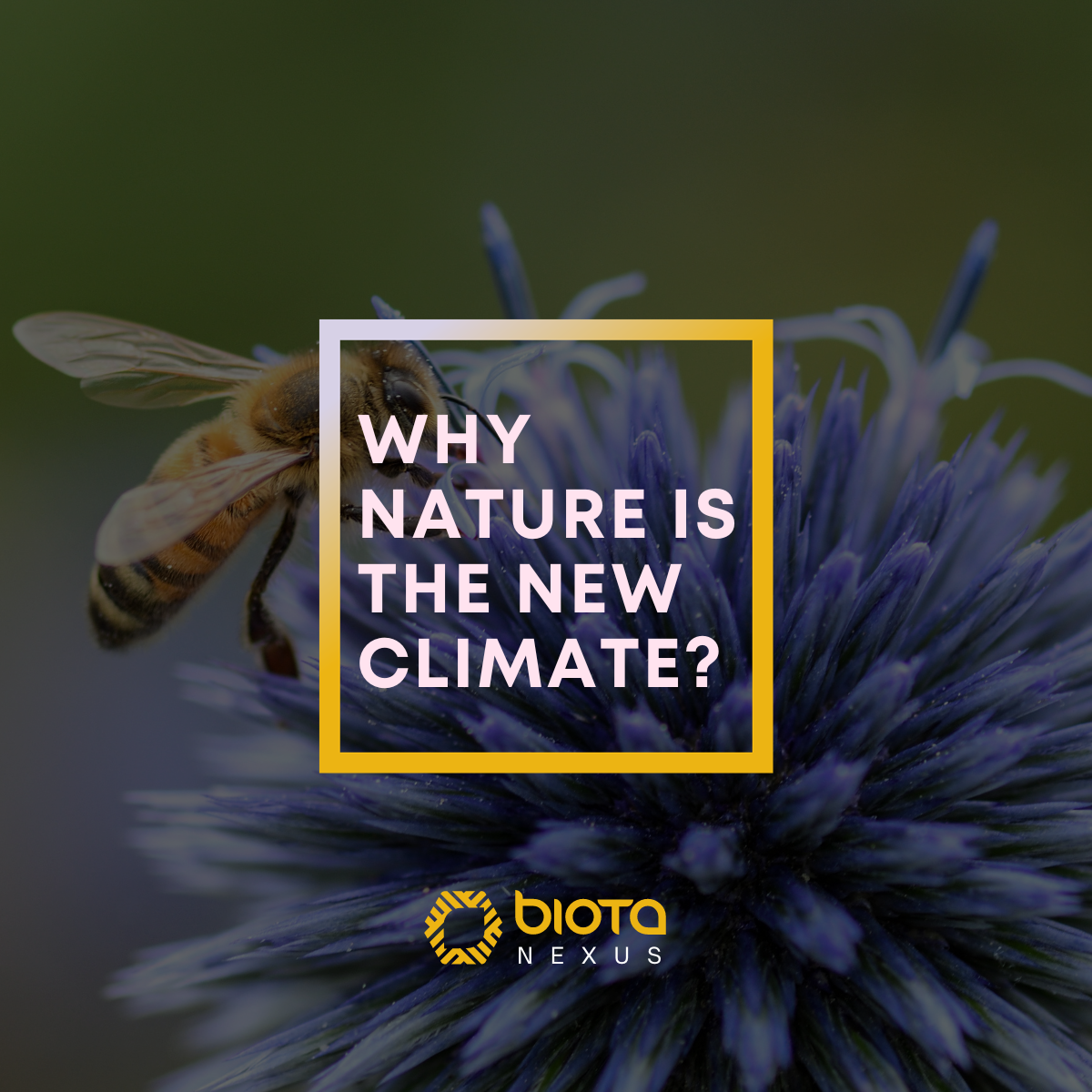Navigating the Volatile Climate Market Through Actionable Intelligence
In the business sphere, the terms ‘expensive’ and ‘costful’ are frequently misunderstood and misused. To clarify, ‘expensive’ refers to a mismatch between price and value, whereas ‘costful’ indicates a higher price warranted by the quality or cost of production. In the realm of biodiversity data collection, the exercise is typically ‘costful’—justifiably so due to its complexities—but can veer into being ‘expensive’ if we overlook the economic value of our objectives.
The Quandary of Natural Capital Markets
A journey into Costa Rica’s lush tropical forests reveals a captivating variety of biological species in just one square meter. Even if they evade your sight, their presence is unmistakable. This biological richness puts us in a conundrum: How do we obtain impactful data without unnecessarily quantifying an endless range of variables? Businesses and natural capital markets find themselves in a cycle of attempting to economically quantify biodiversity, often getting ensnared in exhaustive inventories or in the valuation of ecosystem services.
How can we harmonize corporate interests with ecological imperatives? I’d talk about 4 data sources that we considering could encompassing these strategies:
- Targeted Data Gathering:
Forests involved in Payment for Environmental Services (PES) programs necessitate rigorous data collection. Depending on the objectives, certain criteria such as plant individuals with diameters of 15cm or more are documented. Additional data, such as bird and insect sightings, can further enrich the dataset.
📚 Recommended Reading: Payments for environmental service’s role in landscape connectivity | Environmental Conservation | Cambridge Core
- Leveraging Remote Sensing:
Techniques like NDVI and LiDAR can identify diverse types of forests and species. Remote sensing also plays an indispensable role in monitoring land-use shifts. Sentinel’s frequent five-day observations, for example, can be automated for timely insights.
📚 Recommended Reading: Applications of Satellite Technologies for Biodiversity Conservation | by Chris Williams | Medium
- IoT Applications:
Through bioacoustics and camera traps, the existence of bio-indicator species can be empirically confirmed, providing investors with robust evidence of high-quality biodiversity sites.
📚 Recommended Reading: Bioacoustics Data Analysis – A Taxonomy, Survey and Open Challenges | IEEE Journals & Magazine | IEEE Xplore
- Utilizing Proxies:
Complete quantification is neither feasible nor always necessary. Proxies like biological corridors, water conservation priorities, and social development metrics offer an integrated perspective on the impact of investments.
📚 Recommended Reading: How well do proxy species models inform conservation of surrogate species? | SpringerLink
Charting the Course Forward
While data can inundate, its systematic management is crucial for establishing credibility and trust. A well-orchestrated data pipeline offers invaluable insights for stakeholders in the promising but complex arena of natural capital. Let’s remain focused on the intrinsic value our endeavors aim to realize. The confluence of data, technology, and ecology could well set the stage for the next significant leap in climate solutions.
#ClimateAdaptation #Biodiversity #DataAnalytics #IoT #RemoteSensing #NaturalCapital #SustainableDevelopment




